Still Life Art

Still life art has a rich and fascinating history that dates back to ancient civilizations.
Still life has evolved and adapted over time to reflect the cultural and artistic trends of each era, from meticulously rendered fruit and flower arrangements to modern, abstract compositions.
Despite the criticism and being overshadowed by other forms of art at various times throughout history, still life has remained a popular genre that continues to captivate audiences today.
In this blog post, we’ll look at the history of still life art and why it’s remained so popular over the centuries.
Affiliate Disclaimer: This post may contain affiliate links, which means I will receive a commission if you make a purchase using these links.
A Brief History of Still Life Painting
Still life artwork, which depicts inanimate objects in pleasing or meaningful arrangements, has a long history that dates back to ancient civilizations.
As offerings to their gods, the ancient Egyptians, for example, did flower paintings and paintings of fruits.
Ancient Greeks were known for depicting everyday objects such as pots and pans, whereas the Romans were known for their still-life paintings of food and wine.
Still-life painting was not highly regarded during the Middle Ages and was primarily used to illustrate religious texts. Still-life painting was not appreciated for its own sake until the Renaissance.
Jan van Eyck and Juan Sanchez Cotan, for example, created highly detailed and realistic still lifes depicting a variety of objects such as fruit, flowers, and household items.
Still-life painting reached new heights of popularity during the Baroque period, with artists such as Caravaggio and Francisco de Zurbaran creating elaborate compositions featuring fruit, flowers, and other objects.
This genre of painting experienced a renaissance in the 18th and 19th centuries, with artists such as Paul Cézanne and Vincent van Gogh using it to experiment with color and composition.
Today, still life painting is still a popular genre, with artists using a variety of mediums to create realistic and abstract still lifes.
Some Famous Still Life Paintings
Throughout history, there have been many famous still-life artists, each of whom has contributed to the evolution of the genre. Here are a couple of examples:
Jacopo de’ Barbari

Jacopo de’ Barbari (1460-1516): Jacopo de’ Barbari was a highly individualistic Italian painter, printmaker, and miniaturist. In 1500, he moved from Venice to Germany, becoming the first significant Italian Renaissance artist to work in Northern Europe.
Frans Snyders
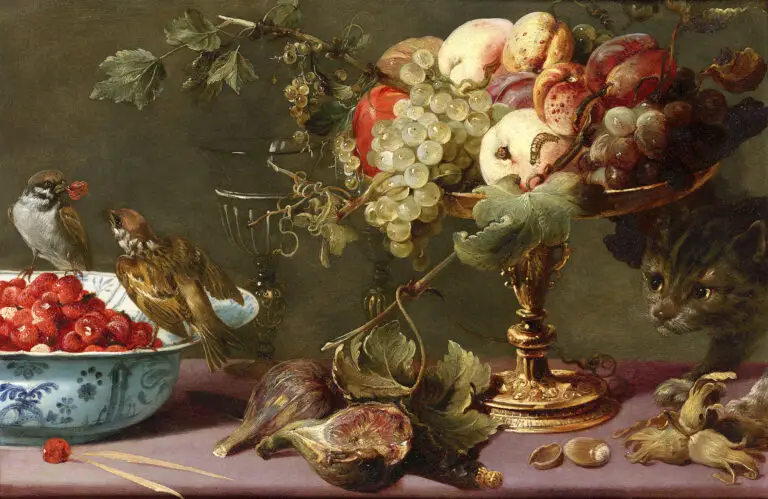
Frans Snyders (1579 – 1657): Frans Snyders was a Flemish Baroque still life painter who specialized in fruits and dead animals. He worked in Antwerp, a 17th-century cultural hub. Snyders’ prolific work was sought after by collectors in his time. He taught notable students and was a Guild of St. Luke member.
Pieter Claesz
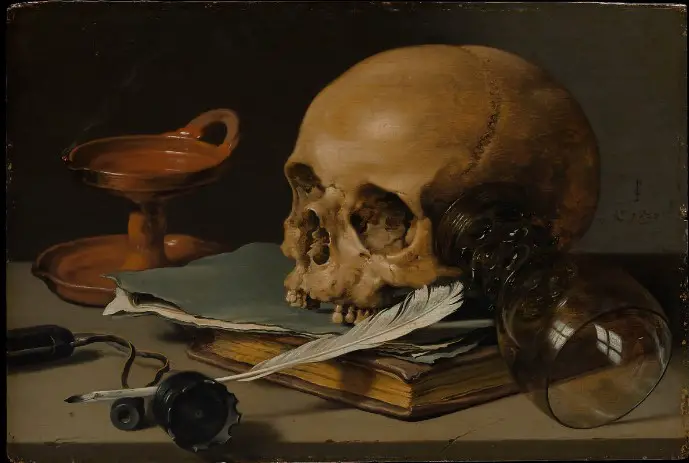
Pieter Claesz (1597-1661) Pieter Claesz was a Dutch Baroque painter best known for his realistic and intricate still lifes. His works depict simple, everyday objects in a domestic setting, such as food, drink, and musical instruments. He specialized in the Vanitas painting style, which depicted the transience of wealth and material possessions and the ephemeral nature of life.
Pieter Claesz
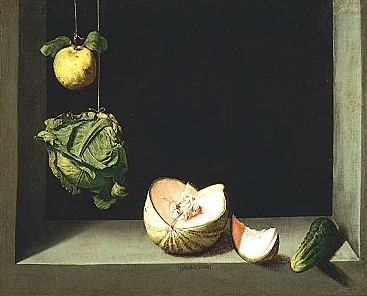
Juan Sánchez Cotán (1561-1627): Cotan was a Spanish painter and sculptor who was a member of the Spanish Society of Painters and Sculptors. He is best known for his realistic and meticulous still-life paintings of vegetables.
Caravaggio

Caravaggio (1571-1610): Caravaggio was an Italian painter best known for his use of chiaroscuro in his work (the contrast between light and dark). Still-life paintings he created include “Still Life with Fruit” and “Still Life with Fruit on a Stone Ledge.”
Francisco de Zurbaran
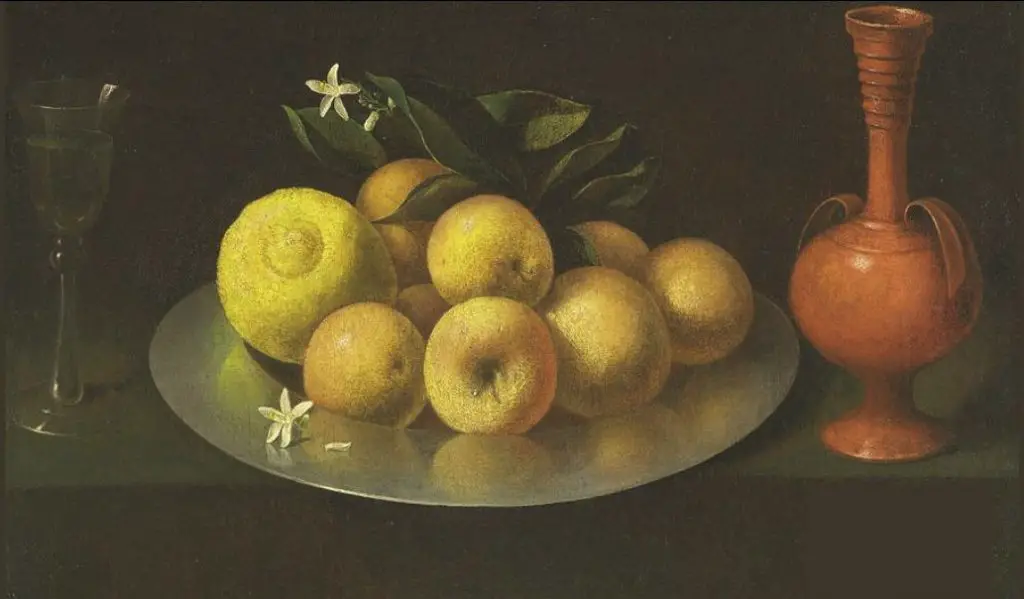
Francisco de Zurbaran (1598-1664): Zurbaran was a Spanish painter best known for his religious works and still-life pieces. His still-life paintings were extremely realistic, depicting a wide range of objects such as fruit, flowers, and household items.
Paul Cézanne

Paul Cézanne (1839-1906): Cézanne, was a French painter who is regarded as one of the forefathers of modern art. He is best known for his still-life paintings with simple compositions and muted colors.
Pablo Picasso
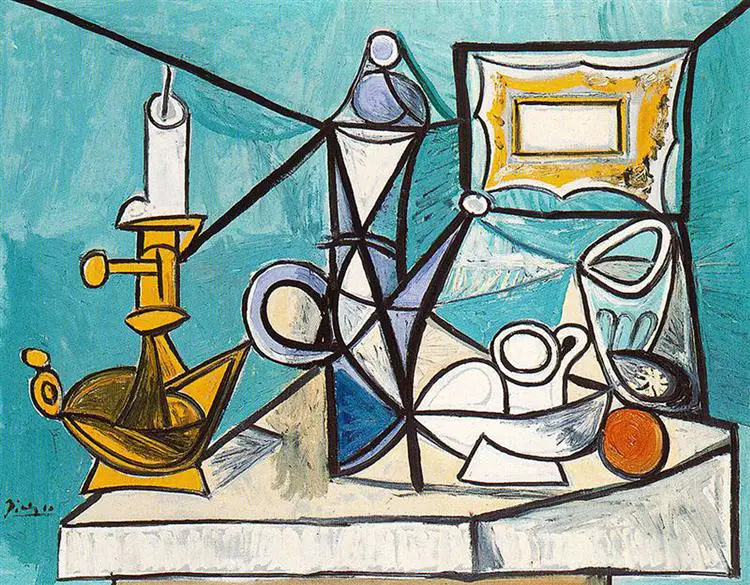
Pablo Picasso (1881-1973) Picasso was best-known as a Spanish painter and sculptor. He worked in many styles and mediums throughout his career. Picasso arranged man-made objects in unexpected, abstract ways in his compositions. His still life paintings explored form, color, and composition. These works are known for their vibrant colors and energy.
Georges Braque
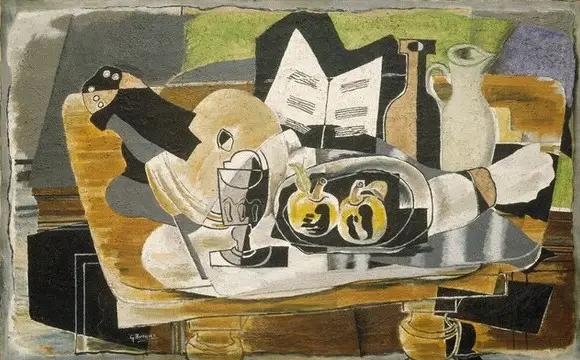
Georges Braque (1882-1963) Georges Braque was known for his abstract still life paintings of everyday objects such as musical instruments. He co-invented cubism and studied still life. Braque’s elegant still lifes are known for their subtle composition and limited color palette.
Vincent van Gogh
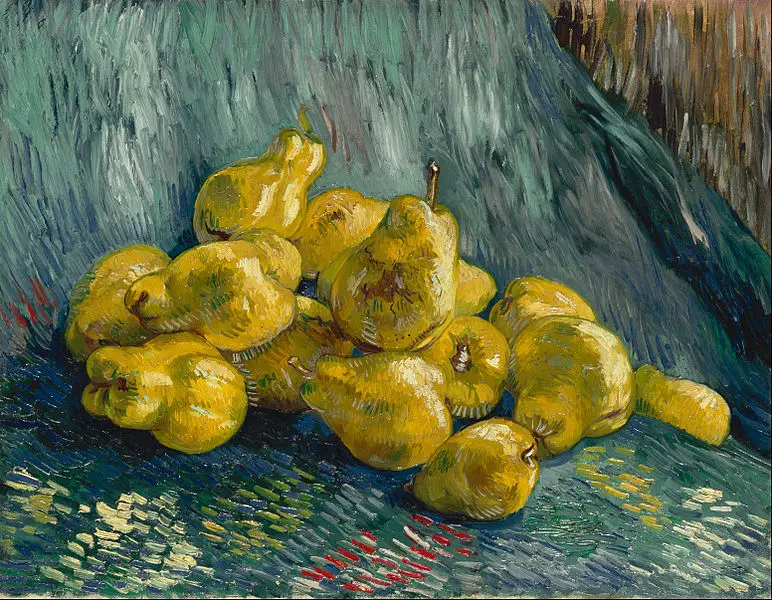
Vincent van Gogh (1853-1890): Van Gogh was a Dutch painter known for his bold color use and expressive brushstrokes. He painted several still-life compositions, including “Still Life with a Plate of Onions,” which is widely regarded as one of his masterpieces.
Roy Lichtenstein
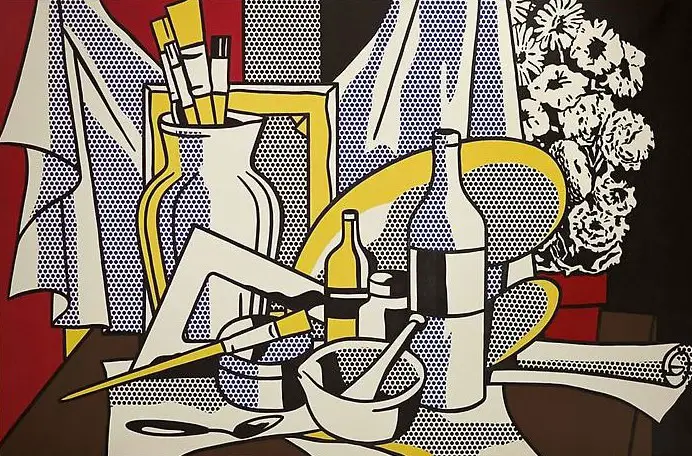
Roy Lichtenstein (1923-1997) Roy Lichtenstein’s still lifes were bold, graphic, and comic-book-inspired. His still lifes often depicted everyday objects in a tongue-in-cheek, playful manner using Benday dots and bright colors to evoke comic book printing. These humorous and original pop art works are still admired, especially his painting of Campbell soup cans.
Why Still Life Art is so Popular
For a variety of reasons, still life art has remained popular throughout history.
One reason for this is that it allows the artist to concentrate on the formal aspects of their subject matter, such as form, color, and composition.
This allows the artist to experiment with different techniques and styles, resulting in visually appealing and aesthetically pleasing compositions.
Still-life art also allows the artist to convey a sense of stability and order. The artist can convey a sense of calm and serenity in their work by depicting inanimate objects that do not move or change.
This can be especially appealing to viewers who are looking for a distraction from the chaos and uncertainty of the world around them.
Furthermore, still-life art can be highly symbolic, conveying ideas or emotions.
A composition of wilting flowers, for example, could be used to represent the passage of time or the fleeting nature of life.
A composition of fruits could be used to represent abundance and prosperity.
Finally, still-life art is popular because the artist can depict the beauty and simplicity of everyday objects.
The artist can create works that are accessible and relatable to a wide audience by focusing on the ordinary objects that surround us.
Modern Still Life Painters
Today, there are many talented still-life painters working in a wide range of styles and mediums. Some contemporary still life painters to consider include:
Janet Rickus
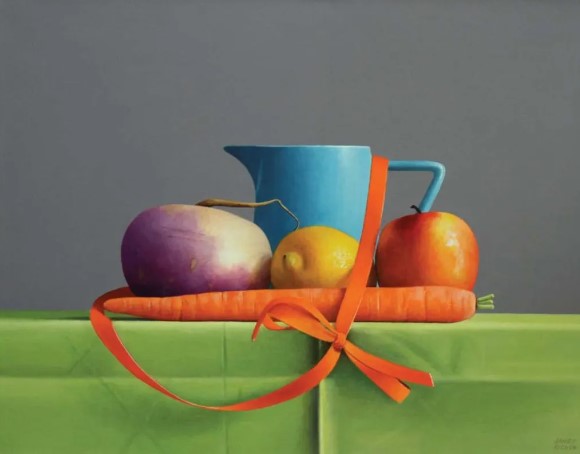
Janet Rickus‘ still lifes are stylish, modern, and electrifying. Despite using traditional objects and props like fruit, vegetables, and pottery, Rickus arranges them in unique and unexpected ways in her compositions.
Fernando Botero
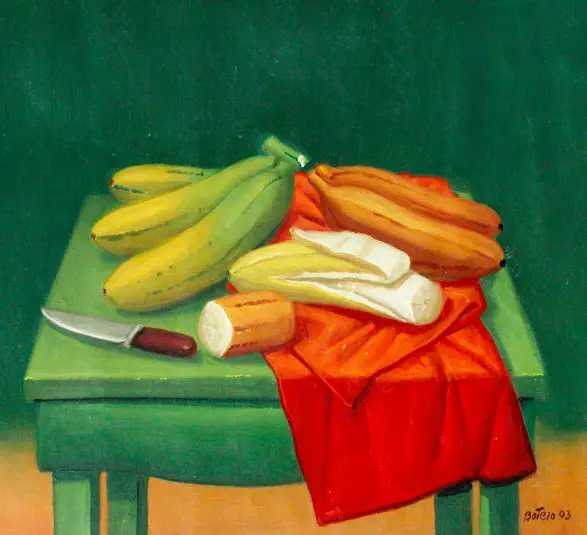
Colombian artist Fernando Botero, who was born in Medellin in 1932, is well known for his still life paintings and his distinctive way of depicting round, chubby figures. He is admired for being one of his generation’s greatest artists.
Damien Hirst
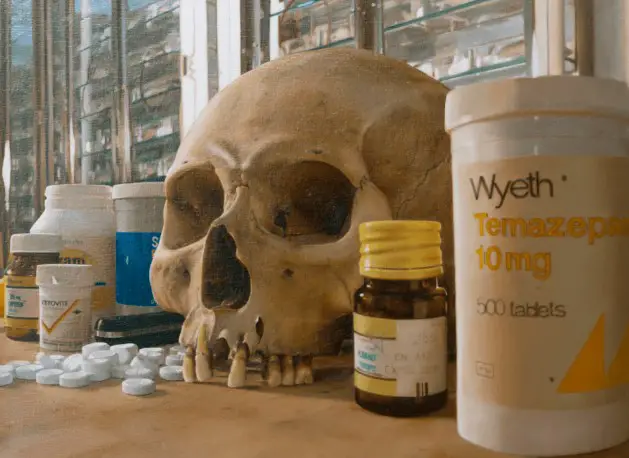
Damien Hirst, widely regarded as one of the world’s most influential contemporary artists, rose to prominence through his provocative and boundary-pushing artworks examining mortality and our inherently human structures and urges such as religion and desire.
William Bailey
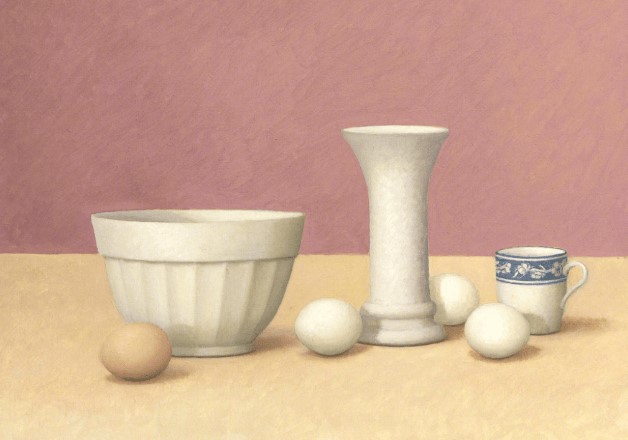
William Bailey was a key figure in the 1980s figurative art revival, best known for his flawless and idealized still lifes and female nudes. With its serene atmosphere and subjects such as eggs, vases, bottles, and bowls, his art conveys a sense of mystery.
Claudio Bravo
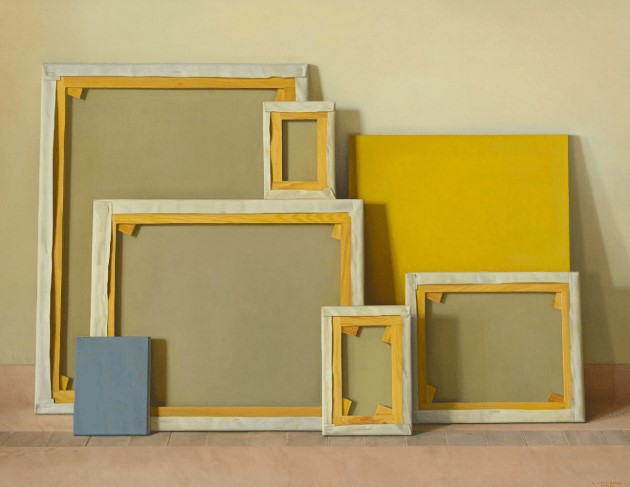
Claudio Nelson Bravo Camus was a Chilean painter whose hyperrealistic style was influenced by Renaissance and Baroque artists and Surrealists like Salvador Dalí. He worked in Chile, New York, Spain, and Tangier. Bravo created still lifes, portraits, packages, drawings, lithographs, engravings, and bronze sculptures.
These are just a few examples of the many talented still life painters who work today.
Closing Thoughts on Still Life Art
Finally, still-life art has a long history that dates back to ancient civilizations. It has evolved over time, influenced by various cultural and artistic influences.
Despite the criticism and being overshadowed by other forms of art at various times throughout history, still-life paintings have thrived and remain a popular genre today.
Its enduring appeal stems from its ability to capture the beauty and complexity of everyday objects, as well as to convey emotion and tell a story through composition and symbolism.
This continues to captivate and inspire artists and audiences alike, whether through traditional mediums such as painting and drawing or more modern approaches such as photography and digital art.

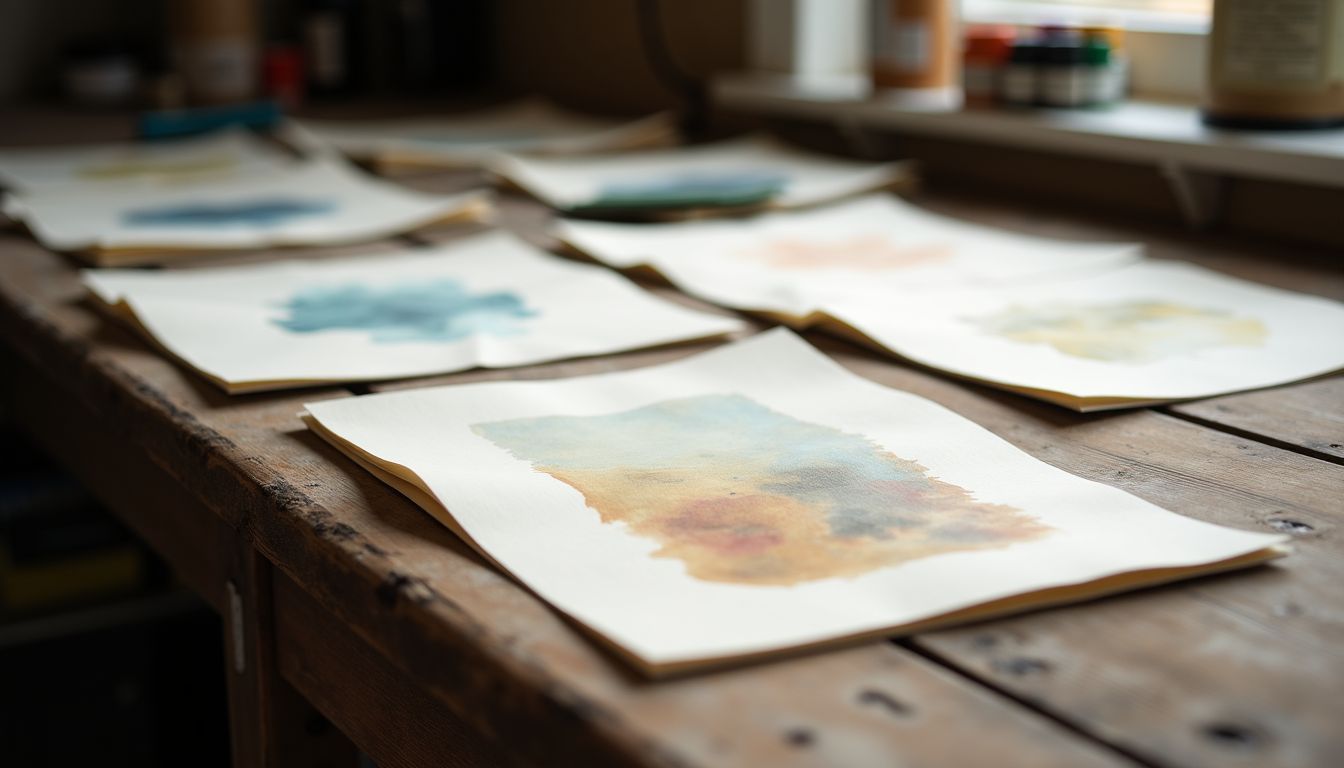
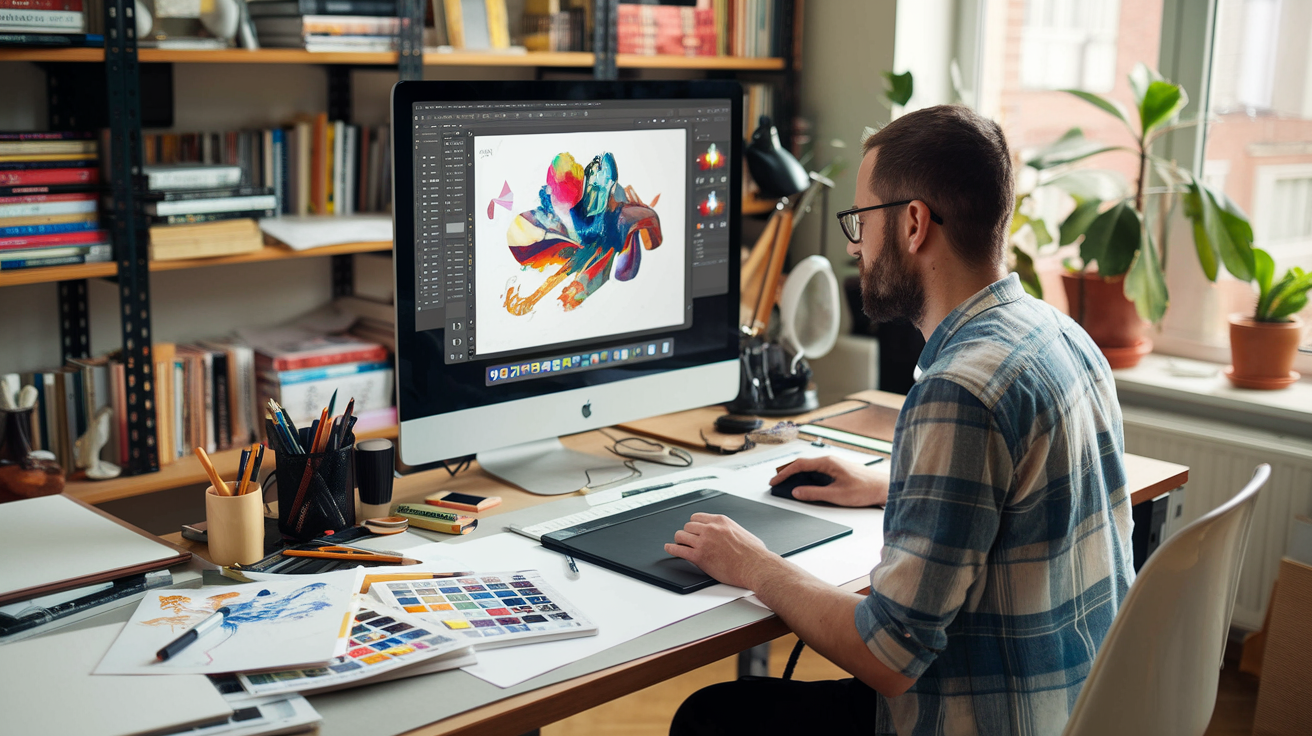
Leave a Reply